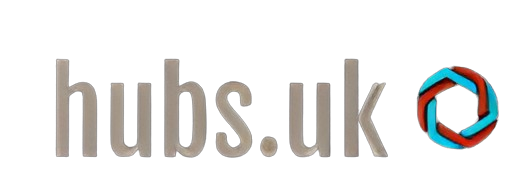The End of an Era: Apple Sidelines Sticker Tradition with iPhone 16 Launch
With a history steeped in innovation and attention to detail, Apple has consistently wooed its audience with each new product release. Yet, with the launch of the iPhone 16, the tech giant is taking an unexpected step that signals a shift in their accessory approach.
Since the early days of the iPhone, fans have come to anticipate not just the sleek devices themselves, but the iconic Apple logo stickers nestled within each box. These small tokens, though often overlooked by the broader market, have been cherished by enthusiasts as symbols of brand loyalty and creative expression. Whether adorning laptops, notebooks, or bumpers, the stickers have served as simple yet effective tools for customers to showcase their affinity for the Apple brand.
The decision to exclude these stickers marks a notable departure from tradition, suggesting a potential change in Apple’s minimalistic philosophy or perhaps a pivot towards increased environmental awareness, focusing on reducing waste in an age of growing sustainability efforts.
In light of this change, iPhone aficionados may find themselves reflecting on how these accessories have contributed to the Apple experience over the years. While the tech world will undoubtedly adapt, the absence of stickers might still leave a lingering sense of nostalgia among dedicated fans.
As Apple continues to evolve its brand image and product offerings, it remains to be seen how this change will impact consumer sentiment. One thing is certain: the iPhone’s legacy will endure, even if it’s without the familiar stickers that once accompanied each purchase.


2 responses to “iPhone 16 Will Ship Without Box Stickers: End of an Era”
It’s interesting to see how tiny changes in product packaging can generate so much conversation and nostalgia. The decision to phase out the inclusion of stickers in iPhone 16 boxes marks a subtle yet poignant shift in Apple’s approach to branding and environmental consciousness. As someone who’s been both a consumer and observer of Apple’s industry practices, I understand the sentimentality stickers hold for many users—after all, these iconic Apple logos have adorned laptops, cars, and countless other surfaces around the world.
This move is in line with Apple’s broader sustainability goals. The company has been making strides to reduce the environmental footprint of its products. By removing small but non-essential items from the box, Apple may be able to further reduce packaging size and material use, contributing to decreased carbon emissions during shipping. It’s a small step, but when implemented across millions of units sold globally, it can lead to significant environmental benefits.
For devoted fans of these stickers, this change does offer an opportunity to engage with Apple and like-minded communities in new ways. Apple enthusiasts often turn to digital platforms and forums for customization ideas. One practical solution is to explore third-party Etsy shops or platforms where artists and designers create and sell custom tech stickers, sometimes featuring more personalized or creative takes on the Apple logo. This not only supports independent creators but also offers a way to personalize devices in a unique way.
Additionally, it’s a reminder of how brands evolve. While nostalgia is powerful, companies must adapt to ever-changing cultural and environmental expectations. With Apple’s focus on innovation and sustainability, dedicating resources to what might be seen as minor branding elements may not align with their strategic goals moving forward.
Ultimately, while it’s the end of an era for free stickers, it’s also the beginning of potential new traditions in accessorizing our devices. Whether Apple introduces a digital version of these stickers or not, this change invites us to think creatively about how we express our brand loyalty and individuality in the tech world.
This change indeed marks a significant moment in Apple’s history, symbolizing not just the end of a tradition but also a broader cultural shift within the tech industry. While the removal of box stickers may seem minor at first glance, it reflects Apple’s ongoing commitment to sustainability—an increasingly important consideration for consumers today. As we witness more brands adopting eco-friendly practices, it’s worth considering how this move aligns with a larger trend toward reducing consumer waste.
Moreover, the emotional connection many users have with these stickers illustrates the power of branding; they were a tangible representation of identity and community among Apple enthusiasts. It raises an interesting question: as Apple moves away from this physical manifestation of loyalty, how will they continue to foster that connection in a digital age? Perhaps we will see more virtual avenues for self-expression integrated into their ecosystem, like custom emojis or interactive experiences on their devices.
Ultimately, while the absence of stickers will certainly alter the unboxing experience, it could also pave the way for innovative branding strategies that resonate with Apple’s evolving identity and its consumer base. What are your thoughts on how Apple might fill this void in brand engagement?